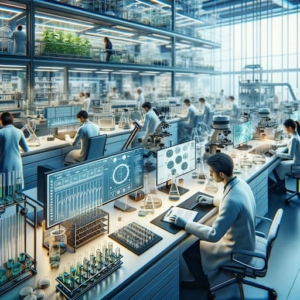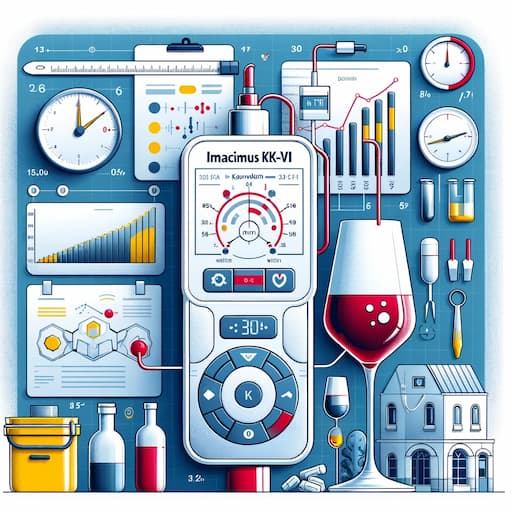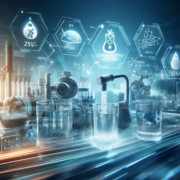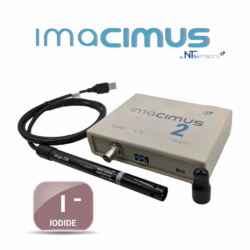Soil Nutrient Analyzer with ISEs
How Soil Nutrient Analyzers with Ion Selectivity Can Revolutionize Agriculture
Beneath the calm surface of the earth lies a secret world of nutrients, essential for sustaining plant life and nourishing abundant crops. These vital elements, such as nitrogen, phosphorus, and potassium, orchestrate the symphony of growth, feeding the green tapestry that adorns our landscapes. However, deciphering the intricate dance of soil nutrients remains a challenge, a quest that has inspired innovation and led to the development of remarkable tools like the soil nutrient analyzer with ion selectivity.
Visit: Excellence in Crops: Precision Agriculture
The Realm of Ion Selective Electrodes (ISE)
At the heart of this technological advance lies the Ion Selective Electrode (ISE), a marvel of modern science. These delicate instruments resemble microscopic sentinels, ready to detect the subtle whispers of ions swirling in the earth’s lap. Their intricate design leverages the power of chemical affinity, allowing them to selectively bind to specific ions, similar to magnets attracting their twin souls.
Unlocking the Secrets of Soil Nutrient Levels
The soil nutrient analyzer with ion selectivity perfectly integrates the power of ISEs, transforming them into a formidable tool. This remarkable device has an exceptional range of capabilities, able to simultaneously measure up to ten vital parameters, including pH, chloride (Cl-), nitrate (NO3-), ammonium (NH4+), calcium (Ca2+), magnesium (Mg2+), potassium (K+), sodium (Na+), hardness, and conductivity.
Precision Agriculture: A New Era of Soil Management
The integration of ISE technology into agricultural practices has ushered in a new era of precision agriculture. By providing real-time information on soil nutrient levels, farmers can make informed decisions about fertilizer application, optimizing resource utilization, and maximizing crop yields. This approach not only improves productivity but also minimizes environmental impact, ensuring sustainable agricultural practices.
A Symphony of Validation
The effectiveness of the soil nutrient analyzer with ion selectivity has been rigorously tested and validated by NT Sensors. A comprehensive comparative study involving four different laboratories demonstrated remarkable consistency in the results obtained using the IMACIMUS equipment. This testament to its accuracy empowers farmers with the confidence to rely on their data-driven insights.
A Glimpse into the Future
As ISE technology continues to evolve, its potential to transform agricultural practices is boundless. The miniaturization of ISEs offers the promise of portable field devices, enabling farmers to monitor soil nutrient levels directly in their fields, providing real-time guidance for informed decision-making. This revolution in soil nutrient analysis is poised to revolutionize agriculture, leading to a future where every crop thrives, nourished by the wisdom of science.
Related:
Nutrient Analysis for Agriculture


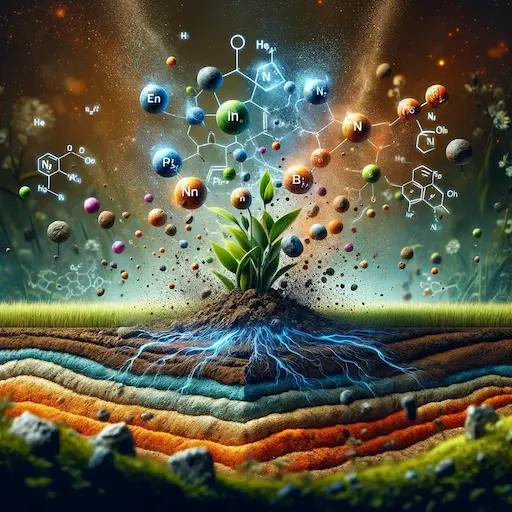
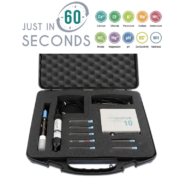
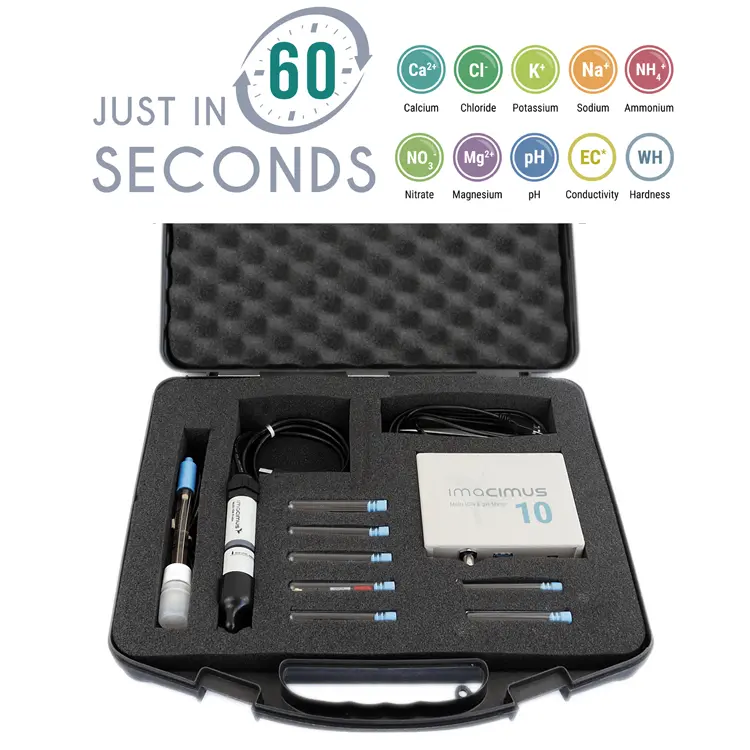
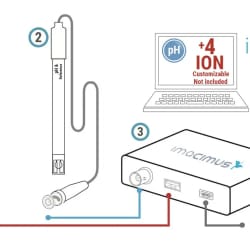
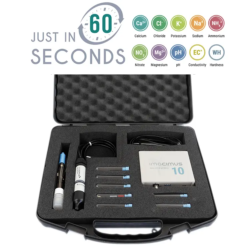
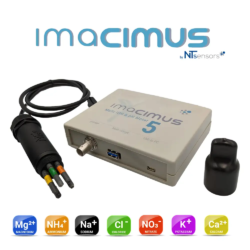
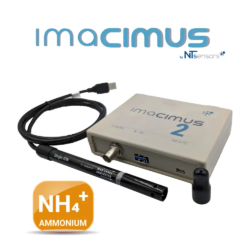
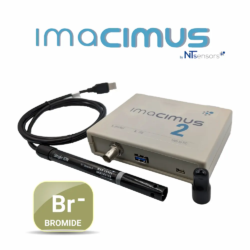
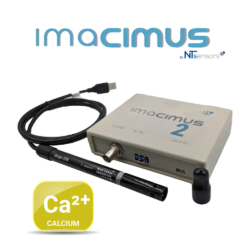


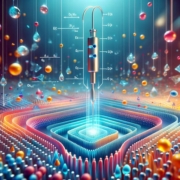

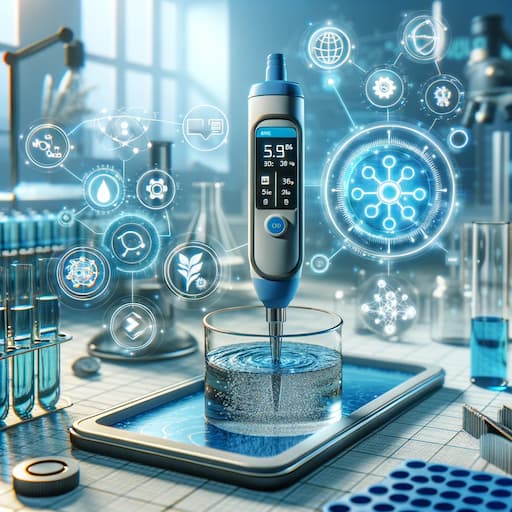 ISEs offer several advantages over traditional methods of nutrient measurement. They provide rapid, on-site analysis, which is essential for timely decision-making in environmental management. Their high specificity reduces interference from other ions, ensuring accurate readings. Additionally, ISEs are relatively easy to use and can be integrated into automated systems for continuous monitoring.
ISEs offer several advantages over traditional methods of nutrient measurement. They provide rapid, on-site analysis, which is essential for timely decision-making in environmental management. Their high specificity reduces interference from other ions, ensuring accurate readings. Additionally, ISEs are relatively easy to use and can be integrated into automated systems for continuous monitoring. 


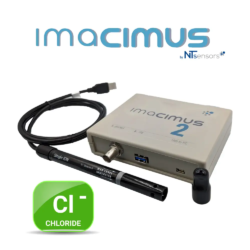
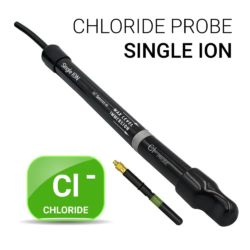

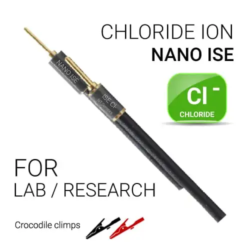
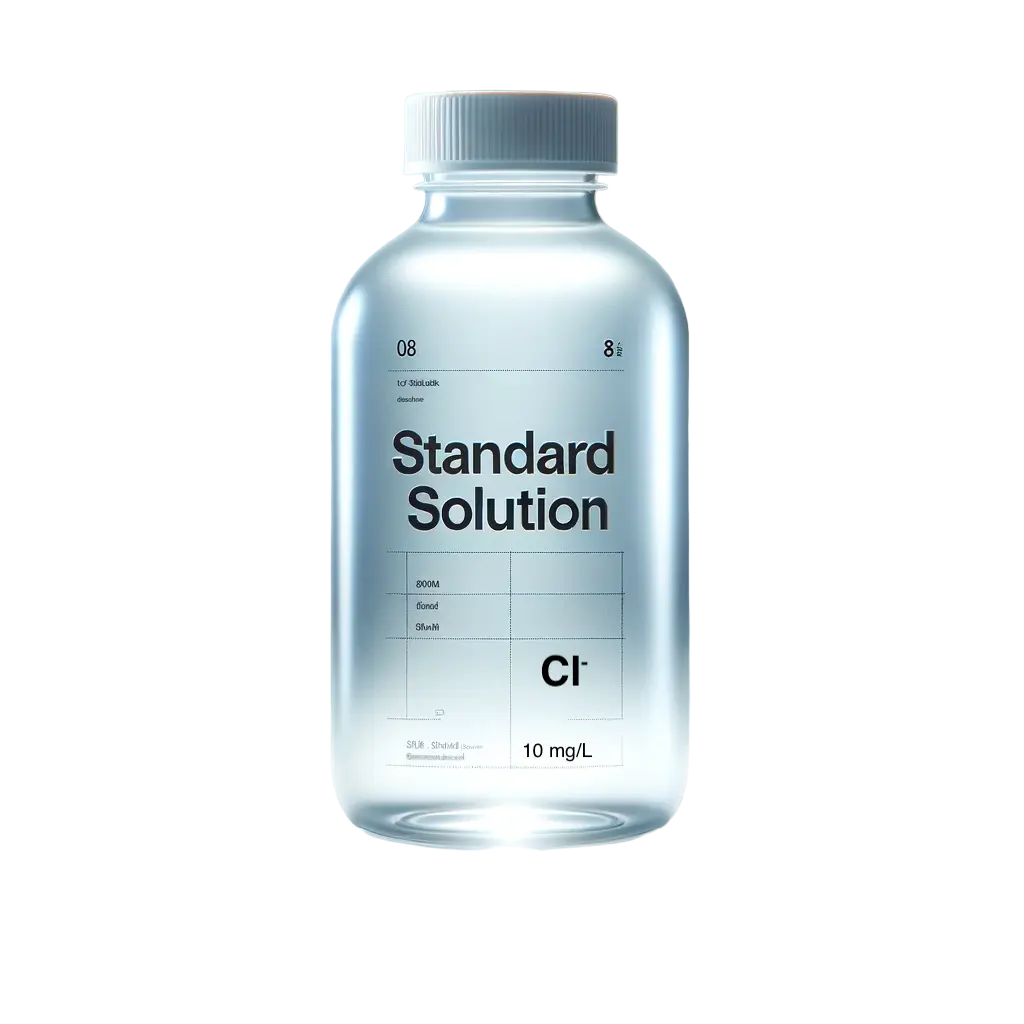

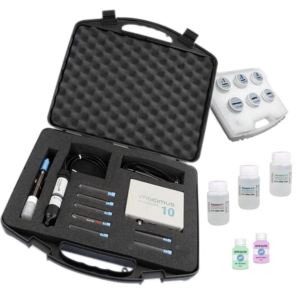


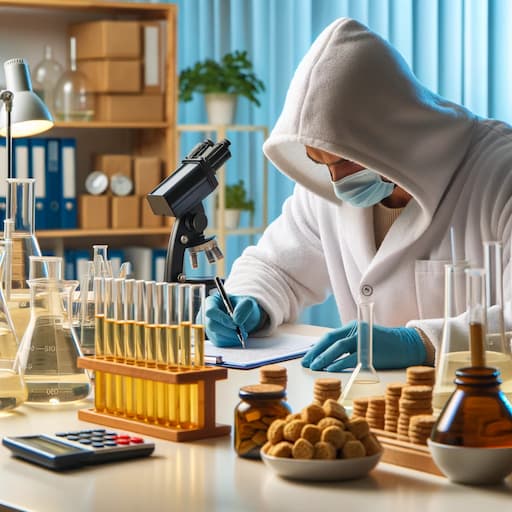 Experience the convenience of in-situ measurements with our portable nutrient meter. Ideal for quick and efficient analysis, this tool is perfect for both laboratory use and field applications. Its versatility makes it an invaluable asset for water nutrient measurement.
Experience the convenience of in-situ measurements with our portable nutrient meter. Ideal for quick and efficient analysis, this tool is perfect for both laboratory use and field applications. Its versatility makes it an invaluable asset for water nutrient measurement.